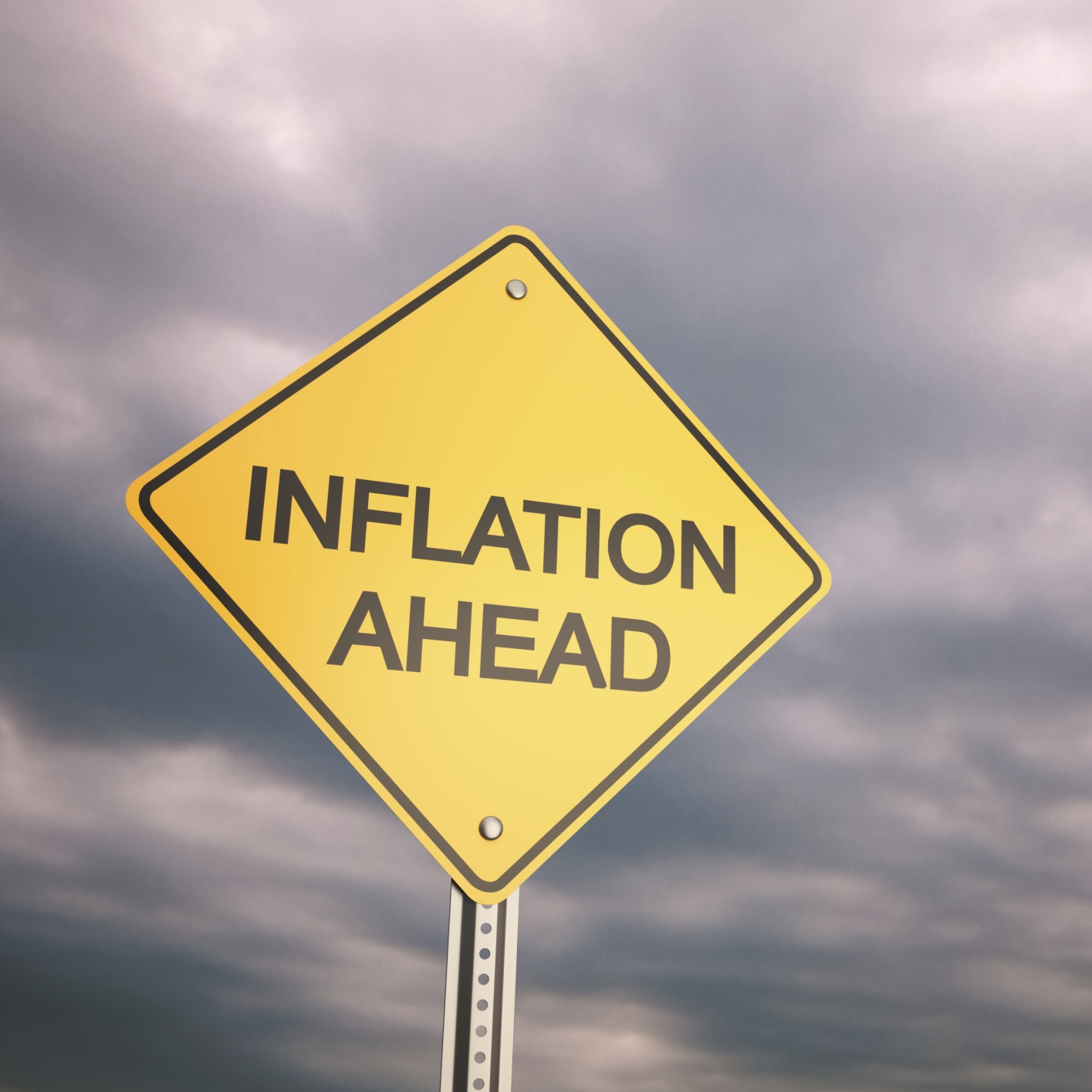Economy
2017 Outlook: Further Evidence of Reflation to Inflation

Published:
Last Updated:

The week of December 2 may have interrupted the trend of endless gains since the election, but what is continuing to be seen is a groundwork for those higher prices to finally come back around. This is the stimulus driven reflation trade seen in economic data. As a reminder, the Federal Reserve wants inflation to get back up to a 2.0% threshold to justify interest rate hikes. We aren’t quite there, but there are many points looking closer and closer.
24/7 Wall St. tracked many of the key inflationary data released in the past week. There are still spots of weakness. Farm prices realized by farmers are signaling food deflation, echoed by Kroger this week.
Inflation has been low and quiet for so long that many economic watchers cannot even remember it ever being an issue. With central banks looking to reflate and to avoid deflation, some economic watchers and many central bankers are going to be happy that inflationary pressure might be back on the rise.
Inflationary pressure or forward trends were seen from OPEC, prices, Europe, manufacturing prices and even an observation about the shrinking amount of negative bond yields. Here are more details of the inflationary pressures we have seen for the week ending December 2.
Personal income and spending data for October were released on November 30. That is from before the election, but the release showed that personal income was up 0.6% for a higher-than-expected gain and higher than in September. Consumer spending was also up 0.3%, but that was lower than expected and lower than the prior monthly pop. What stood out here was the annual data versus 2015, with the PCE Price Index up 1.4% on the headline and up 1.7% on the core PCE reading.
After inflation has been creeping back up toward that 2.0% minimum threshold in the United States, one report from Wednesday showed that the euro area’s annual inflation is expected to be 0.6% in November 2016. This report was from Eurostat, and that is higher than the 0.5% gain seen in October. This is a flash estimate and is subject to revisions.
The European Central Bank has commented numerous times that it plans to keep its interest rates low and accommodative as long as necessary to rekindle demand and growth. Still, what stood out about this November flash reading is that it would be the highest euro area inflation reading in more than two years.
Fitch Ratings gave its 2017 outlook with slightly higher growth, but noting that the trend of reflation will dominate in 2017.
OPEC announced this past week that it will reduce oil production by 1.2 million barrels per day to 32.5 million. The agreed-to deal to cut the supply of oil was made after weeks of strained negotiations. What matters, even if this deal was telegraphed multiple times, is that this is OPEC’s first real cut in eight years. Just keep in mind that OPEC and some of the other nations that signed on for this have a history of not sticking with their statements so much.
Friday’s only major U.S. economic report was the Labor Department’s employment situation report, and while unemployment ticked lower there was some disappointing news about hourly earnings (wages) in November. Average hourly earnings fell by 0.1%, rather than growing by 0.2% as Bloomberg had called for. All economists who were polled by Econoday were calling for hourly earnings to rise. It seems possible, or likely, that the larger gain from October pulled away from November’s numbers.
The U.S. Manufacturing Index for November rose more than expected, with 53.2 beating the 52.3 consensus estimate by Bloomberg and the October reading of 51.9. Where things remains above board, but without rising more than the prior month, was that the prices paid component of the index showed moderate upward pressure, with that sub-index unchanged at 54.5 in November.
Fitch Ratings pointed out this week that the total dollars of outstanding negative-yielding sovereign debt has fallen down to $9.3 trillion as of November 28, down over $1 trillion in less than a month and versus $11.7 trillion at the end of the first half of 2016. Negative interest rates won’t have much place in the world if reflation is taking place.
On December 1, the independent research firm Argus talked up prices on commodities when it increased targets on BHP Billiton and Rio Tinto. The firm’s view in those calls is for global stimulus measures, an upturn in commodity prices and capacity reductions in the Chinese metals and mining industries. Those sound higher in prices, even if Argus is not calling for an explosive move in activity.
One word that did not jive with what has been seen over the past month was the Fed’s Beige Book. This was dominated by “modest and moderate” commentary, even more than in prior months.
As you can see, the rise of inflation and the reflation trade is not yet in full swing. There is also no assurance that real inflation will be coming back strong. Still, the data currently shows growing expectations for the reflation trade continue to get more hope than the lack of inflation ahead.
Want retirement to come a few years earlier than you’d planned? Or are you ready to retire now, but want an extra set of eyes on your finances?
Now you can speak with up to 3 financial experts in your area for FREE. By simply clicking here you can begin to match with financial professionals who can help you build your plan to retire early. And the best part? The first conversation with them is free.
Click here to match with up to 3 financial pros who would be excited to help you make financial decisions.
Thank you for reading! Have some feedback for us?
Contact the 24/7 Wall St. editorial team.